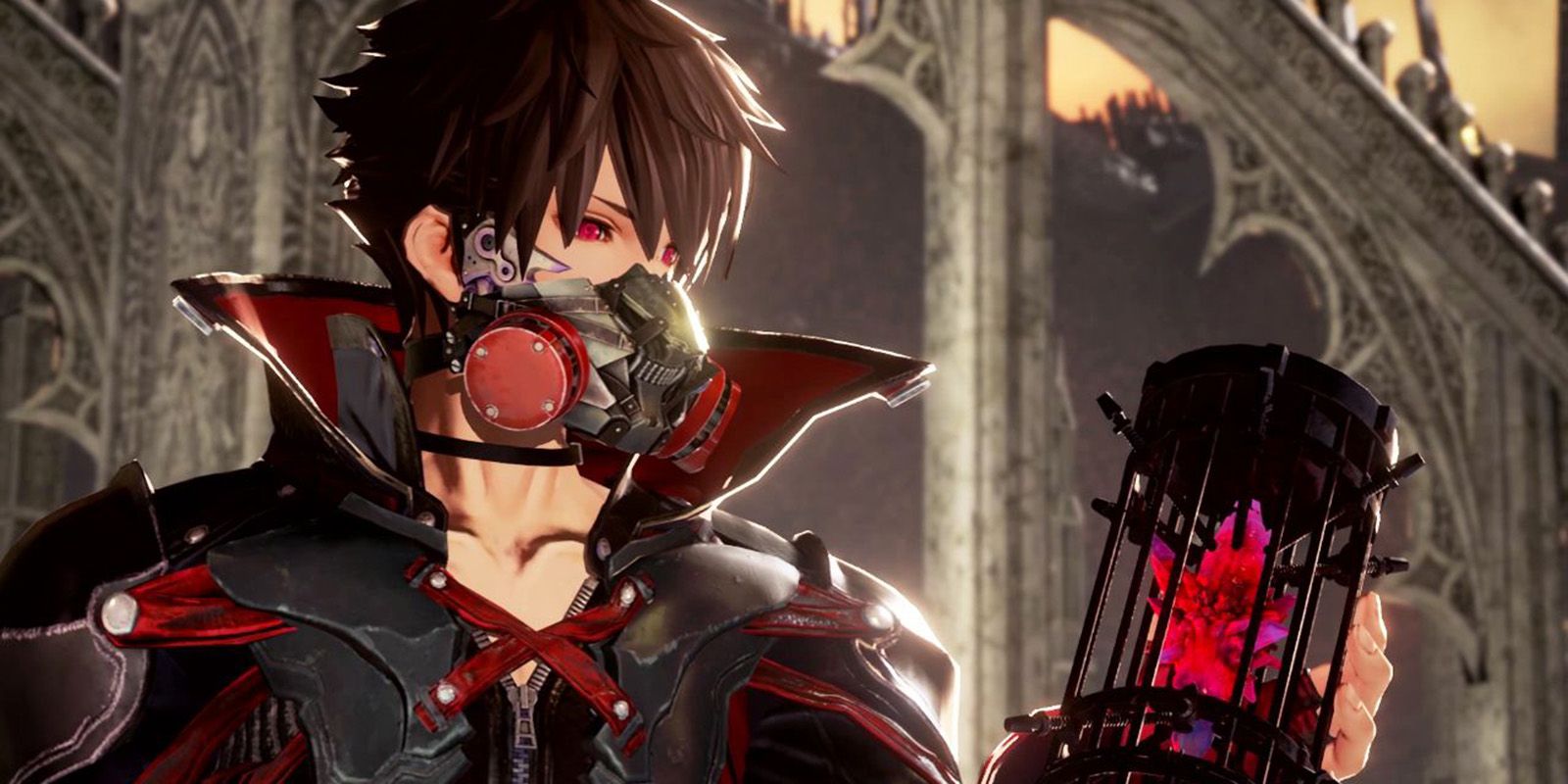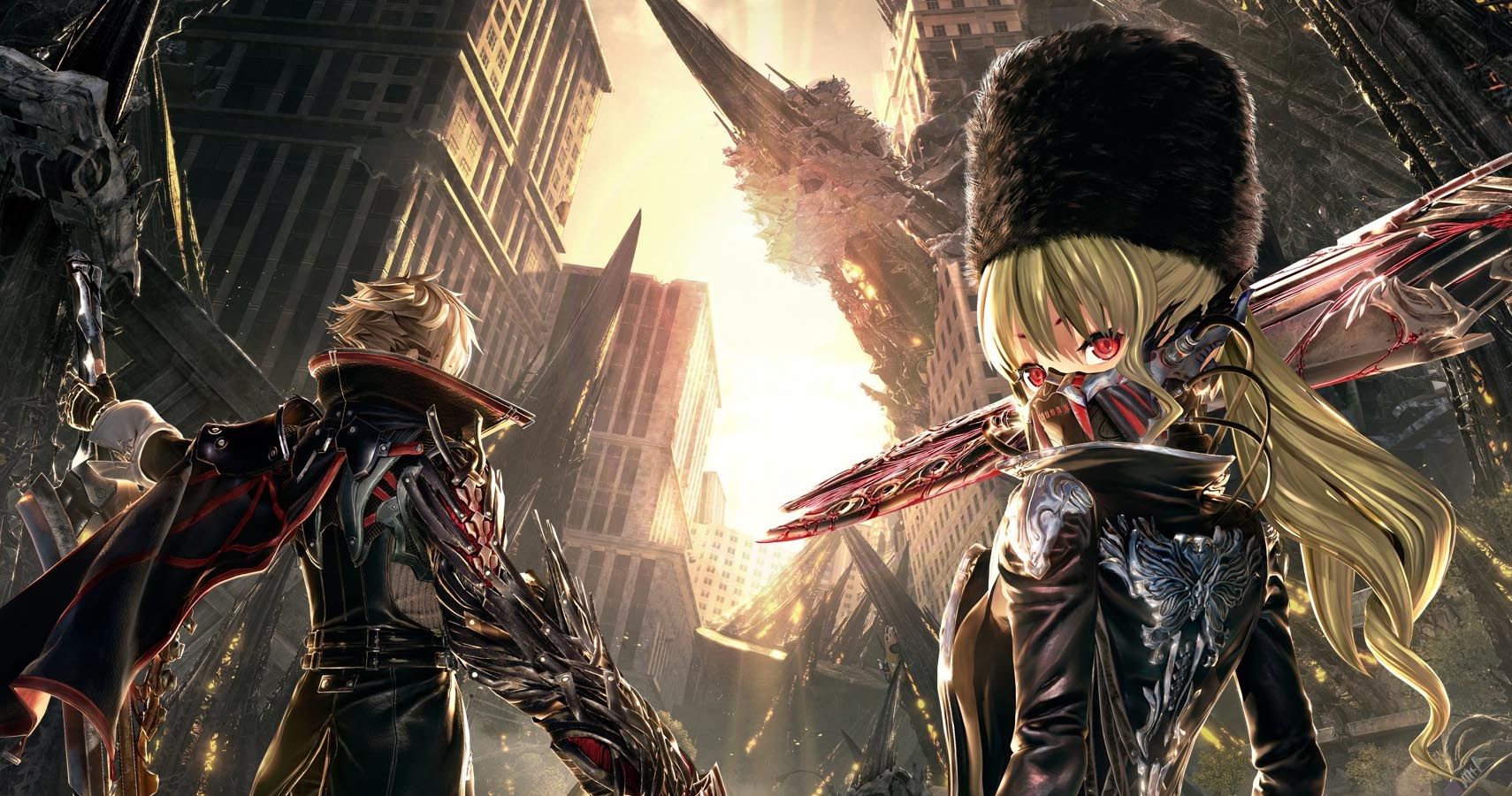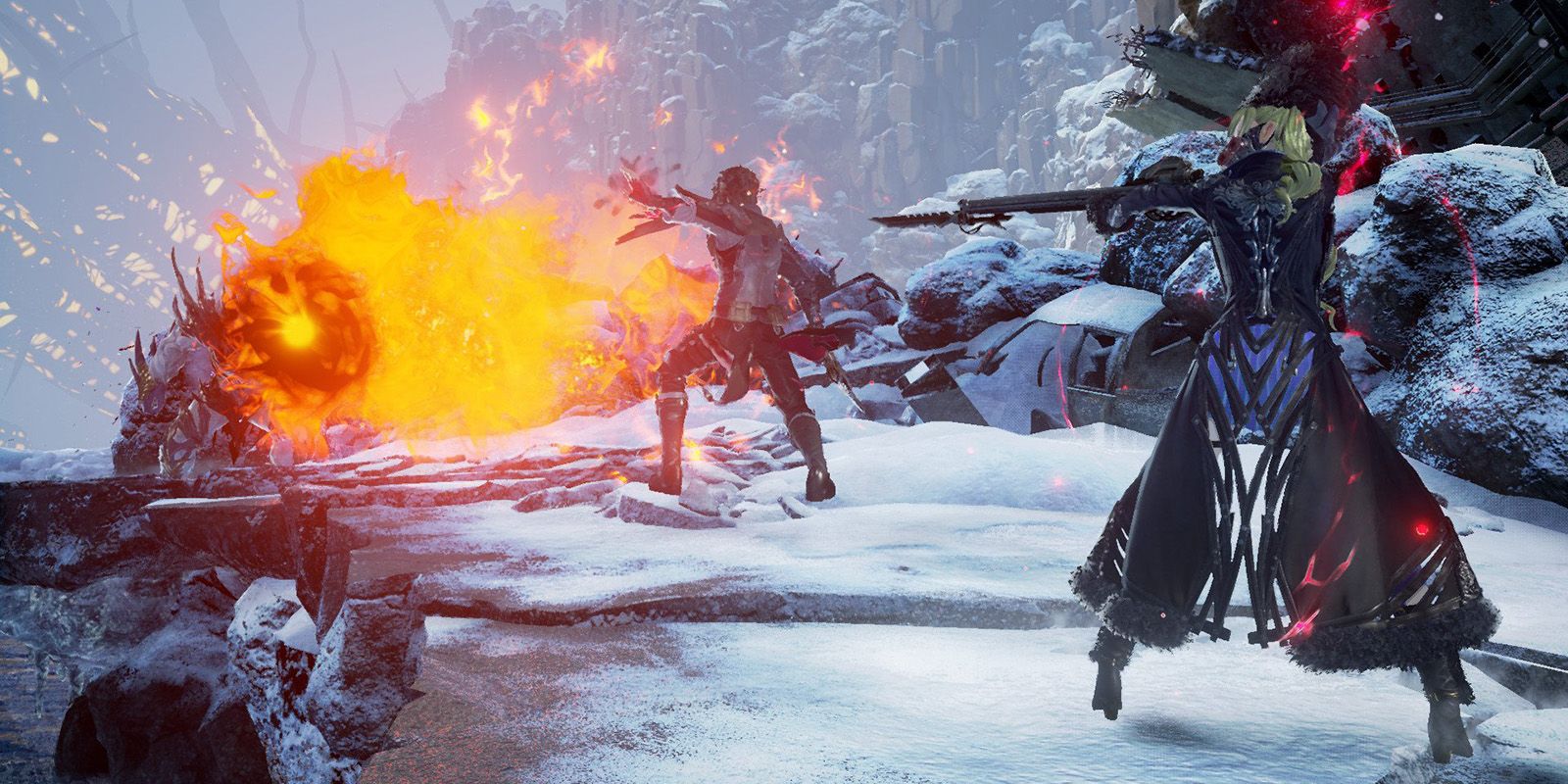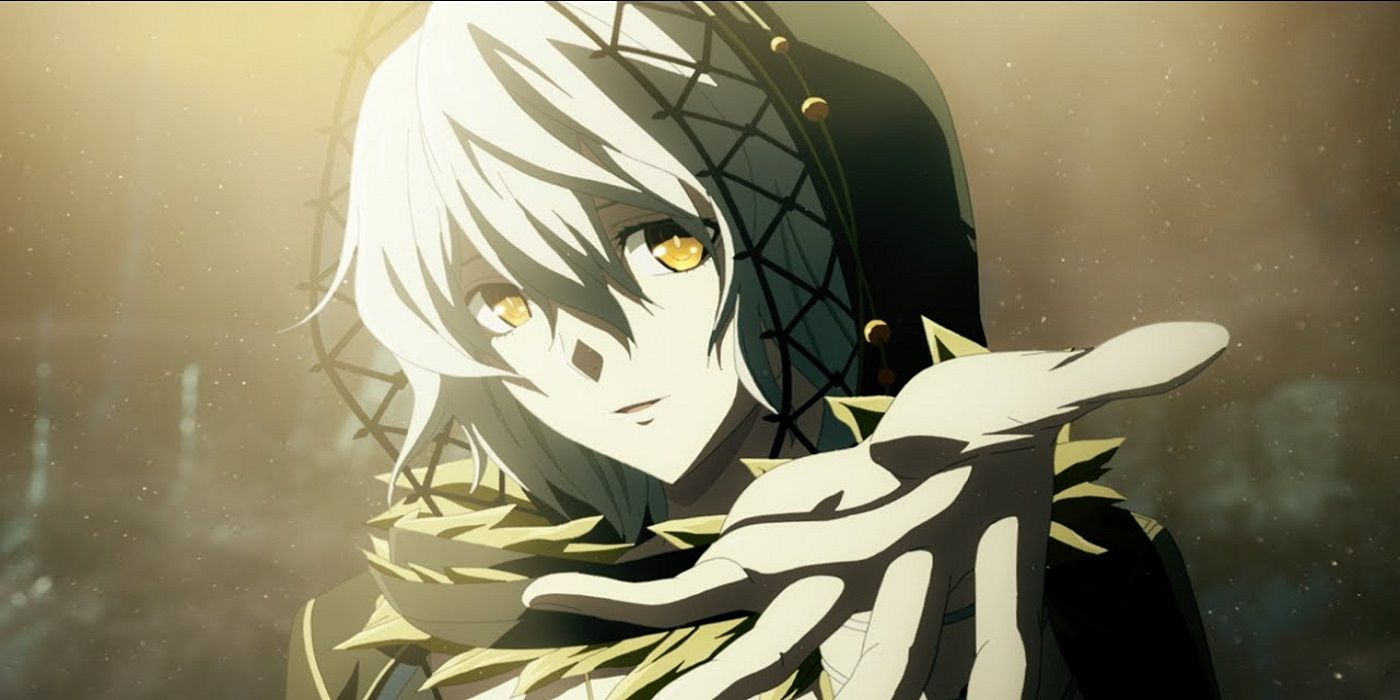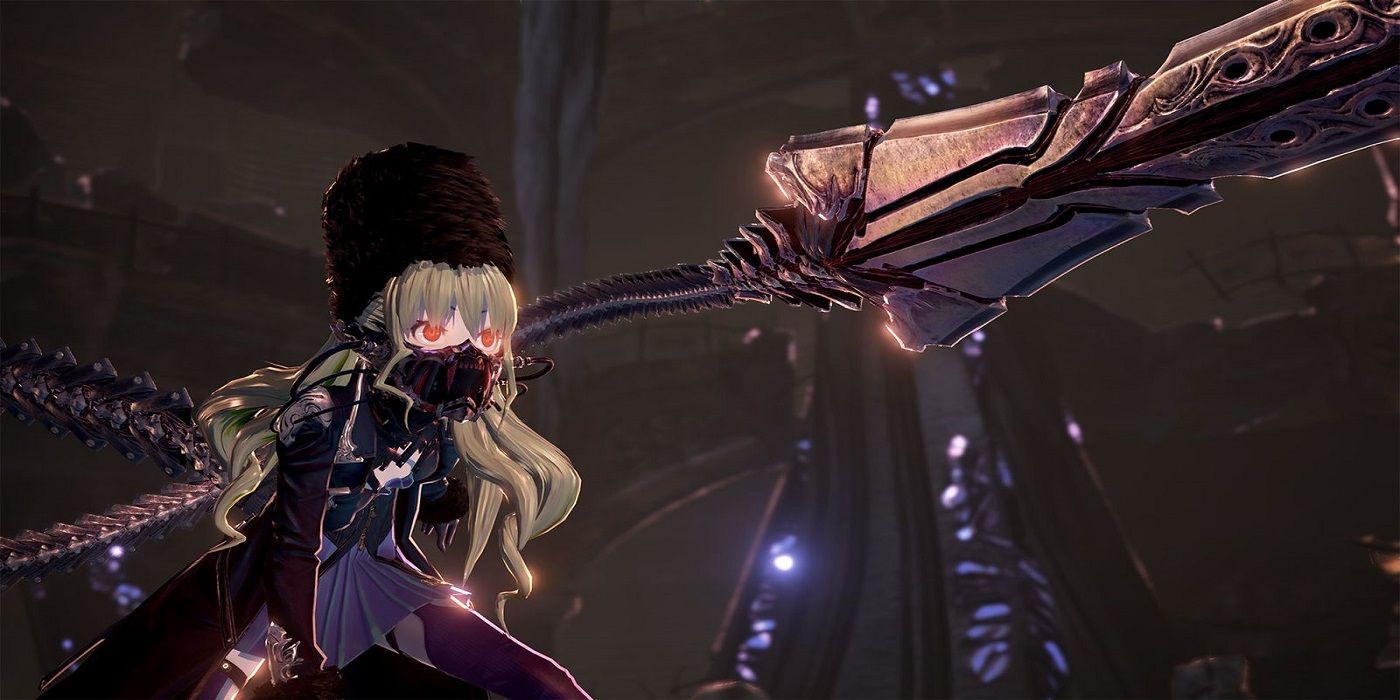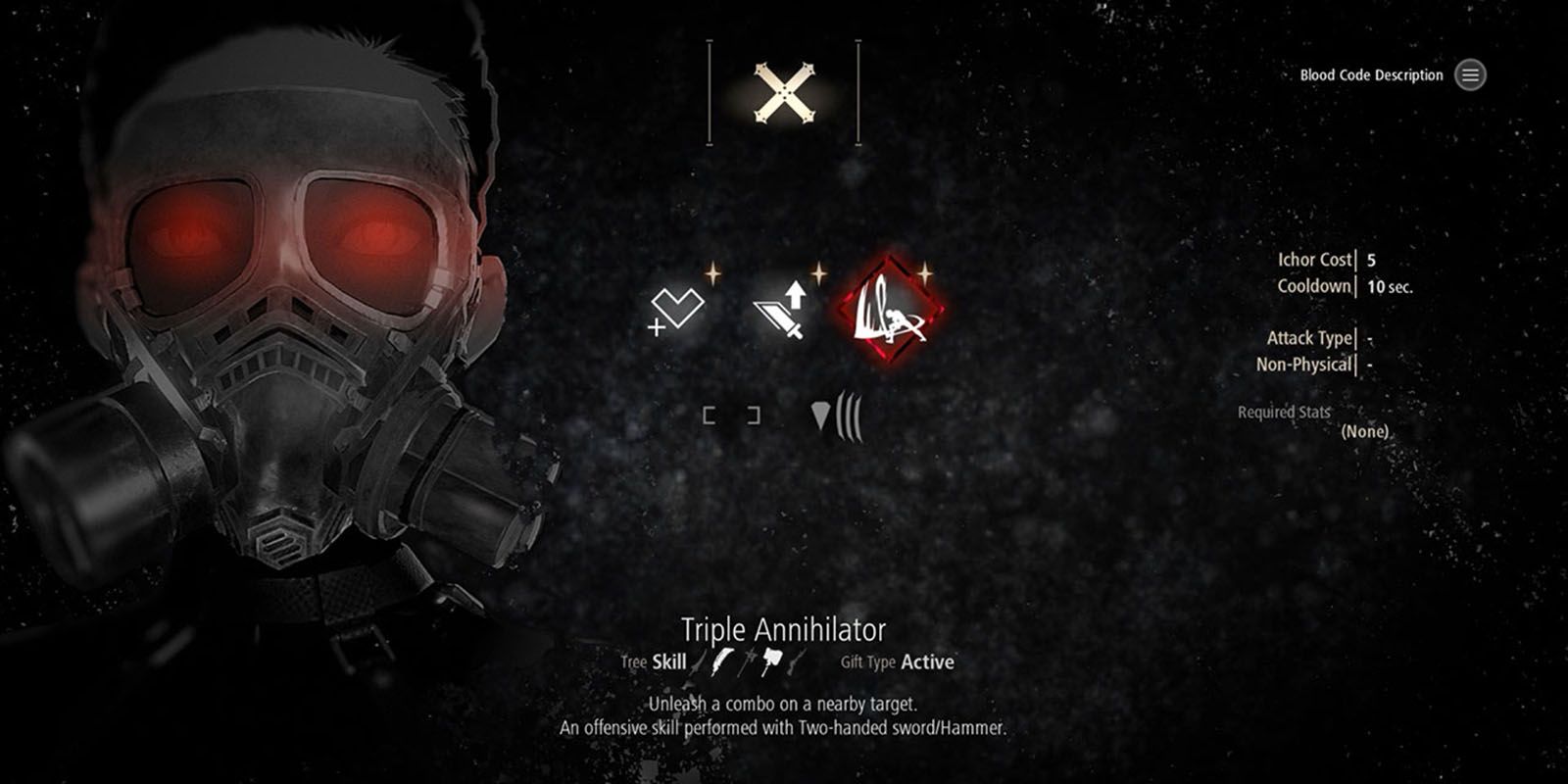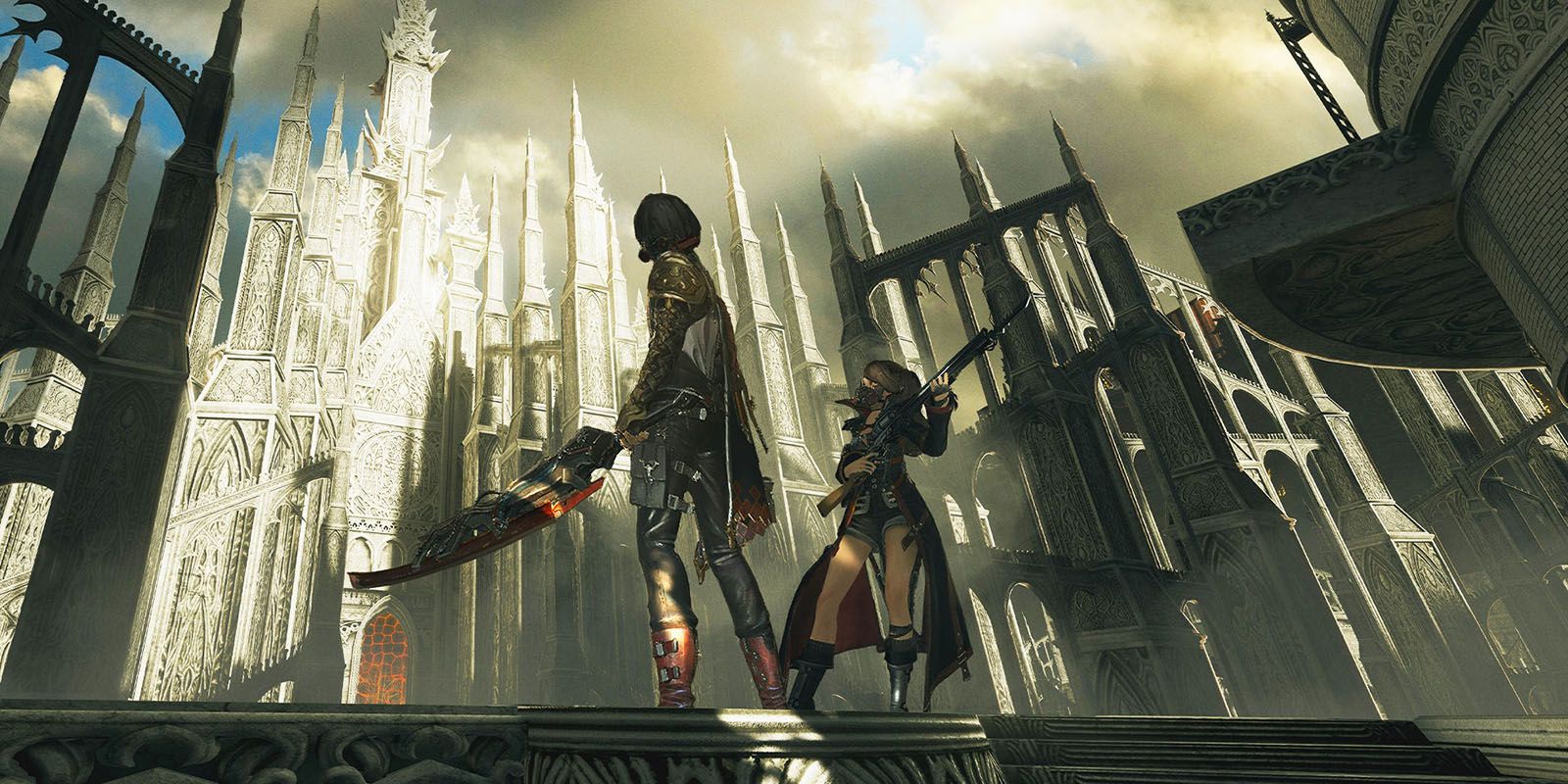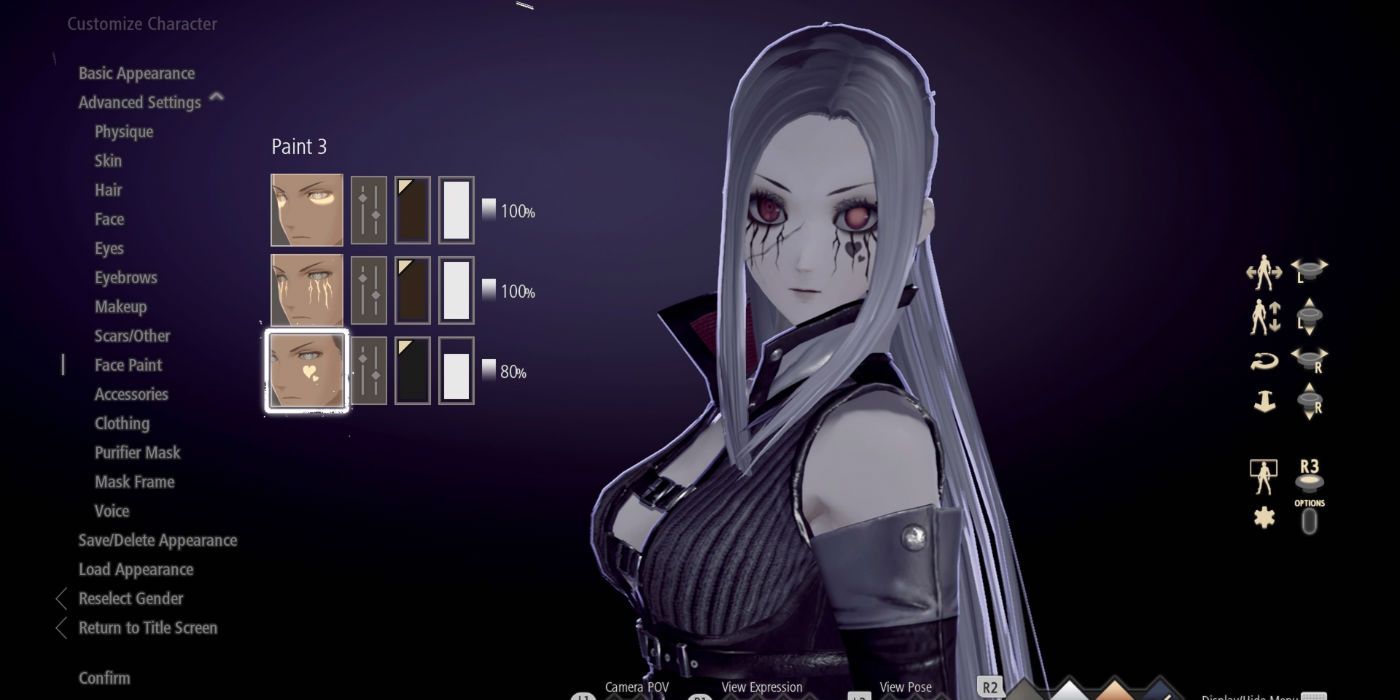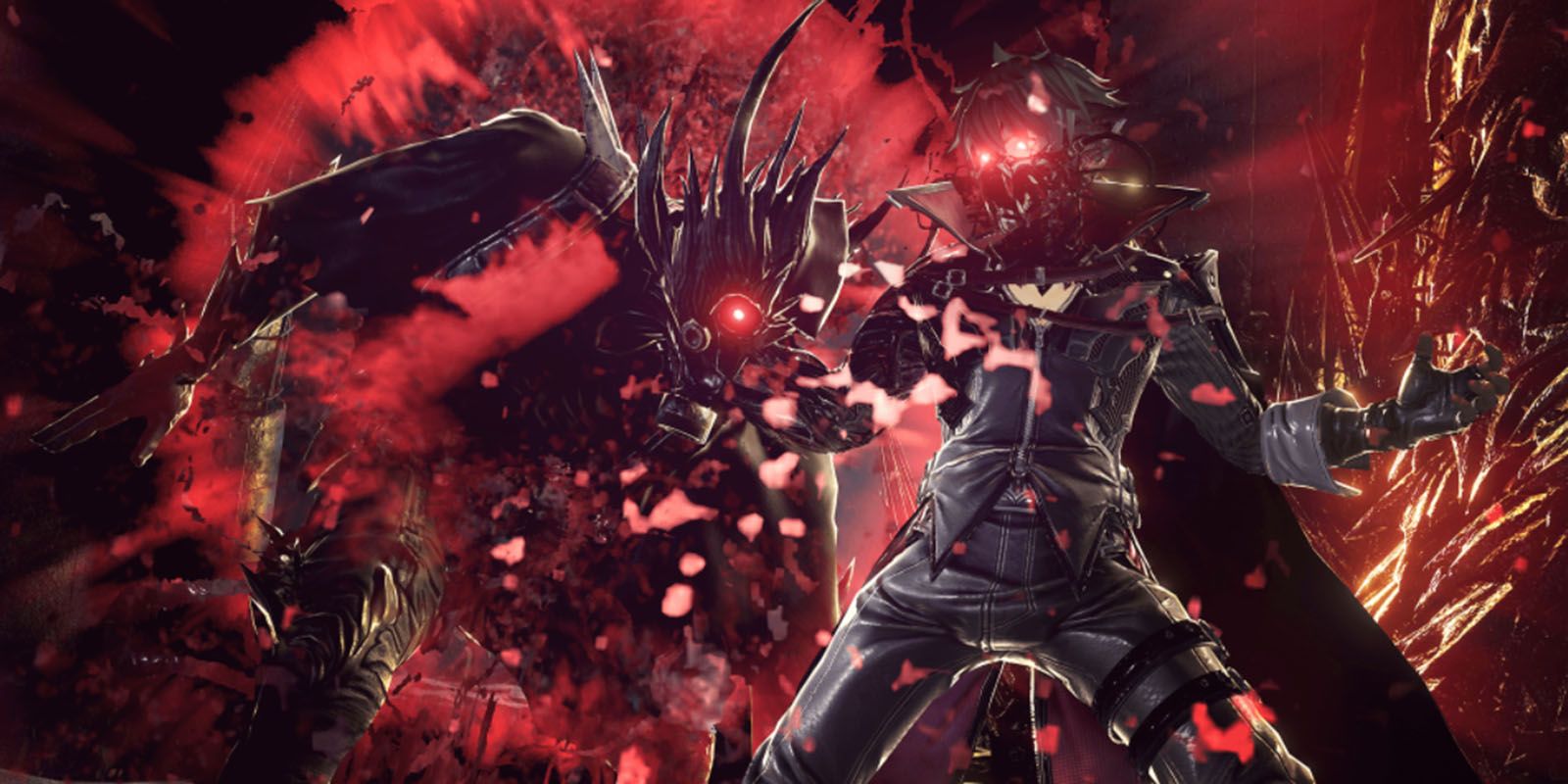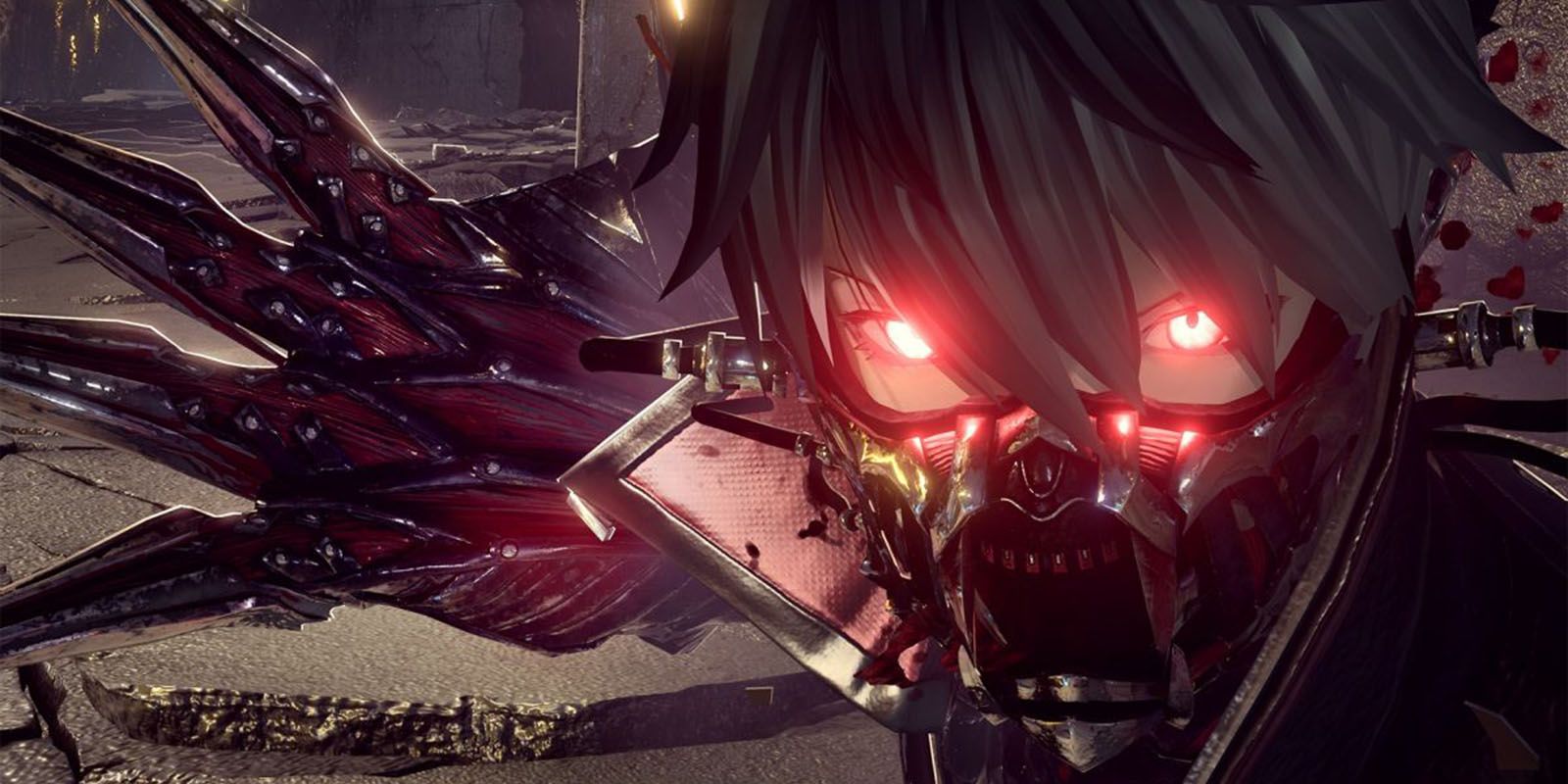Code Vein was very deliberately marketed as an anime with vampires Dark Souls title. Even Bandai Namco’s first teaser trailer came with the slogan “Prepare to Dine” in reference to the “Prepare to Die” slogan for the Dark Souls series. Therefore, the comparisons are largely unavoidable especially considering that it follows many of the same gameplay mechanics found in a Souls-like title.
There are quite a few differences that set Code Vein apart from a typical SoulsBorne title. Visually it has more in common with an anime JRPG and there’s a heavy emphasis on the character stories. In addition, there’s an in-depth job system more akin to Final Fantasy V and Final Fantasy: Tactics allowing players to experiment and customize their character to their liking. The customization doesn’t stop there though, as Code Vein has one of the most robust character creators seen in an action RPG since Dragon’s Dogma.
The biggest question for fans of the SoulsBorne sub-genre is, does Code Vein have the teeth stand out from the crowd or is just another clone that lacks an identity of its own.
10 Good: Interesting JRPG- Style Story
Despite the Dark Souls series being a JRPG, it doesn’t follow typical JRPG conventions like heavy storytelling with an emphasis on friendship and chosen heroes. Code Vein, however, follows the exact same tropes as classical JRPGs.
In terms of dark storytelling, it's not quite at the level of Shin Megami Tensei but that doesn’t mean it is lacking a compelling story. Despite its anime-inspired clichés, Code Vein drip feeds the player with a character-driven plot that is intriguing with a lot of surprises and twists. In addition to the main plot, players can explore individual character stories/memories that can be accessed through “Blood Echoes”.
9 Bad: Combat Isn’t Weighty Enough
The combat in the Dark Souls series is one of its best aspects. It is tough but fair because it’s accessible, responsive, and satisfying because the player needs to perfect their timing. Code Vein is almost identical in the regard, there’s blocking, light and heavy attacks and a reliance dodge rolls.
Unfortunately, there’s an over-reliance on dodge-rolling as blocking is pretty much useless in Code Vein. In addition, there is certain a lack of weight and punch that that Souls games have as many hits don't feel like they're landing with any impact, and for a game that forces the player to fight aggressively, that will be an issue for some.
8 Good: Stunning Cutscenes
Another area where the story of Code Vein shines is the cutscenes. This is also something that goes against what is usually found in a Souls-like title and something more common in a Tales or a Final Fantasy game.
The cutscenes are played through anime sequences and the quality is up there with some of the best. They are all memorable and help convey the emotion and motives of the characters especially in some of the more heartfelt moments later on the game.
7 Bad: The AI Partner
Where Code Vein differs from the solitary experience found in a typical Souls-like title is the focus on having an AI companion in battle. The player can take an AI partner to explore with them and although this can be helpful most of the time. However, there will be times where they’ll get in the way.
The player will often find themselves being forced into the role of a healer because the partner will just run at bosses and swinging for the fences. As a result, Code Vein loses any aspect of strategy and planning that a Souls-like boss would usually have.
6 Good: Excellent Job System
One of Code Vein’s greatest strengths is in its job system. However, instead of selecting a class the player has to equip a Blood Code which contains the abilities and memories of a Revenant. All the Blood Codes have their own unique set of stats and Gifts which need to be learned from using Haze.
It’s an incredibly flexible system that allows the player a choice of over thirty classes as the game progresses. However, a player can choose to master certain abilities that are affiliated with the different classes and switch back to their favorite and mix and abilities and playstyles.
5 Bad: The World Doesn’t Have The Scope Of Souls
Where the Dark Souls series shines is its unrivalled world design. It slowly opened up to the player through masterfully crafted and interconnected areas. Code Vein does have this to a certain extent and there’s a lot to explore and discover but the game plays more like a dungeon crawler.
As with many dungeon crawlers, the areas players will explore do have an element of linearity to it. The biggest issue with this kind of exploration is how big and confusing some of these areas can be especially with such a useless mini-map display. Furthermore, some of the more memorable levels have taken more than a bit of inspiration from Dark Souls.
4 Good: Character Creation
Character creation in Code Vein is one of the most flexible seen in an RPG. It is so good that it wouldn’t be a stretch to see players uploading their outlandish designs on dedicated fan pages for years to come and long after completing the game.
So detailed is the creator that players will be losing hours of the time just tweaking their characters to their liking. Everything from the character's physique to choosing different color eyes, adding oddities like a tail, or making them look like they are a member of the undead. Only Capcom's Dragon's Dogma comes close to this kind of customization in a Japanese action RPG.
3 Bad: Lack Of Variety In Enemy-Types
Despite having a large variety of good and distinctive enemy designs there’s a surprising lack of distinction when it comes to the attack patterns. Sadly they aren’t as fun to fight as they are to look at and many behave in much the same manner as each other.
Heavy lumbering powerhouses or the faster less damaging types offer some differences depending on their weapons. However, the patterns they follow are more or less the same, as are the animations which sadly don't require much strategy to defeat.
2 Good: Excellent Art Style
Even before Code Vein hit the shelves has often been referred to as Anime Souls and that assumption isn’t too far off the mark. This is no bad thing however because the art style from the same team behind the God Eater series has produced a real treat for the eyes.
Lead artist Kurumi Kobayashi seems to have taken visual inspiration from vampire films like Blade and Underworld, as well as the post-apocalyptic setting of Mad Max. Kobayashi wanted the characters to appear tough but beautiful instead of focusing on realism and she easily achieved this in spades.
Even the player-created characters look amazing in the Gothic-inspired anime world. The world itself while not as intricate as Dark Souls or Bloodborne is still a sight to behold. In addition, the enemies and the bosses, in particular, look as well designed as anything in a Souls game.
1 Bad: The Silent Protagonist
One of the most disappointing aspects of Code Vein is the use of a silent protagonist. While this mechanic can work well in traditional RPGs like Dragon Quest: XI it seems strangely out of place in modern action RPG where the story is what sets it apart from other SoulsBorne games.
It is very likely that the sheer amount of customization involved in creating a character meant that having a voiced protagonist was virtually impossible. It is a good thing then that character creation being as good as it makes this trade-off worth it.

